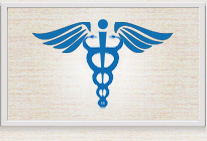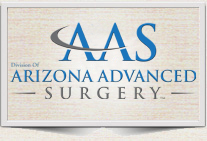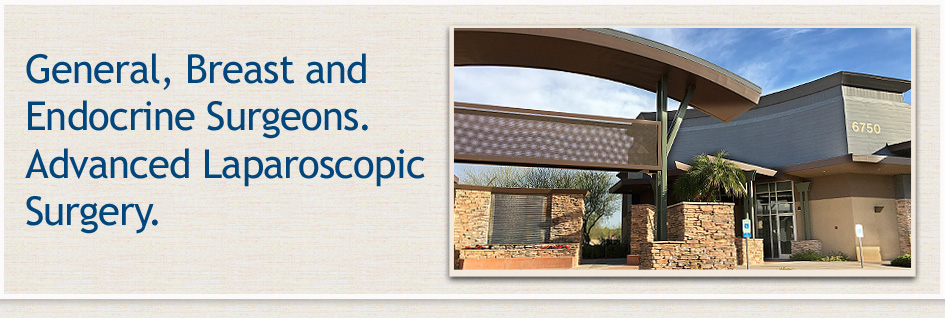Breast Health (Biopsy, Cancer, Lumps & Bumps)
Breast changes are very common, and while most breast changes are not cancer, it is very important to check with your health care provider right away if you notice that your breast looks or feels different. Should you require surgical tests or treatment, the team of Doctors Allen A. Agapay and Jordan J. Glenn will work closely with you to determine the best procedures to diagnose and treat your breast condition.
Breast Changes To See Your Health Care Provider About
- A lump in or near your breast or under your arm
- Thick or firm tissue in or near your breast or under your arm
- Breast pain
- Changes in the size or shape of the breast
- Nipple discharge: (fluid that is not breast milk)
- Nipple changes, such as an inverted nipple
- Skin changes: Itching, redness, scaling, dimples, or puckers on your breast
Benign Breast Conditions
Most women have changes in their breasts during their lifetime and many of these changes are not due to cancer. They can be caused by hormonal fluctuations during the menstrual cycle, the normal aging process and menopause, pregnancy, or breastfeeding.
- Mastalgia is a general term used to describe painful breasts. This is most likely caused by the breast tissue reacting to the hormone changes that occur during the menstrual cycle.
- Cysts are fluid-filled lumps that may grow large and be painful, especially near the menstrual cycle or with increased caffeine intake.
- Fibroadenomas are firm, rubbery lumps that may or may not be painful.
- Fat necrosis can occur after any type of trauma to the breast, surgical or accidental. The area feels firm and is usually not tender.
- Intra-ductal papilloma: A wart-like growth in a milk duct of the breast, which may lead to a bloody discharge.
Other Serious Breast Abnormalities
Other breast abnormalities are more serious and can indicate the presence of cancer. Or they could increase your chances of developing cancer. These conditions include:
- Atypical lobular hyperplasia (ALH): Abnormal cells in the breast lobules.
- Atypical ductal hyperplasia (ADH): Abnormal cells in the breast ducts.
- Lobular carcinoma in situ (LCIS): A significant number of abnormal cells in the breast lobules (more than with ALH).
- Ductal carcinoma in situ (DCIS): Abnormal cells in the lining of a breast duct. Called "in situ" because the cells have not spread outside the duct to the breast tissue.
Diagnosis
A biopsy is often recommended to determine whether you have breast cancer and to determine a proper course of treatment. Depending upon the size and location of your mass, Doctors Agapay and Glenn may recommend the following biopsies:
- Fine-needle aspiration biopsy: In this procedure, your doctor guides a thin needle into the breast lump to take out fluid and cells for examination.
- Ultrasound-guided core needle biopsy: During this procedure your doctor uses ultrasound to guide a hollow needle to the suspicious areas of the breast. He then withdraws tissue samples for examination. The biopsy is usually performed while the patient is under local anesthesia.
- Surgical biopsy: A surgical biopsy is an operation to remove all or part of a lump so it can be examined under a microscope to check for signs of cancer. When only a sample of breast tissue is removed, it's called an incisional biopsy. When the entire lump or suspicious area is removed, it's called an excisional biopsy.
Treatment
If diagnostic tests of your breast determine you have cancer, the most common form of treatment is surgery. This involves removing the tumor and surrounding tissue that might also be cancerous. The goal of surgery is to remove not only the tumor, but also to test for the spread of the cancer. Depending on your circumstances, surgical options may include a lumpectomy, partial mastectomy, or total mastectomy. Doctors Agapay and Glenn work closely and compassionately with each patient to help determine the best surgical solution.
- Lumpectomy: In this procedure, the cancerous tumor and some surrounding tissue are removed. This is the least invasive form of breast surgery and has the advantage of preserving the breast. However, in certain situations, such as large or multiple tumors, a lumpectomy is not a good option.
The amount of tissue that is removed in a lumpectomy can vary greatly and will affect the size of breast deformity that results. - Partial Mastectomy: During a partial mastectomy your surgeon removes a large portion of the breast (sometimes a whole segment or quadrant of tissue) in order to eliminate the cancer. Occasionally, the surgeon will remove some of the lining over the chest muscles as well.
- Simple Mastectomy (also known as total mastectomy): This surgery requires removal of the breast, nipple, areola, and sentinel lymph node or nodes. Some women will opt to have a Skin-Sparing Mastectomy in which the surgeon removes the breast, nipple, areola, and sentinel lymph node or nodes, but leaves behind the breast skin for breast reconstruction.

Insurances We Accept
Click the "Learn More" link below for a full list of the insurance plans we accept. If you don’t see your plan on the list, or if you have any questions, please call us at 602-843-8317. Learn More

Arizona Advanced Surgery
Doctors Agapay and Glenn are proud to be a division of Arizona Advanced Surgery. Learn More



